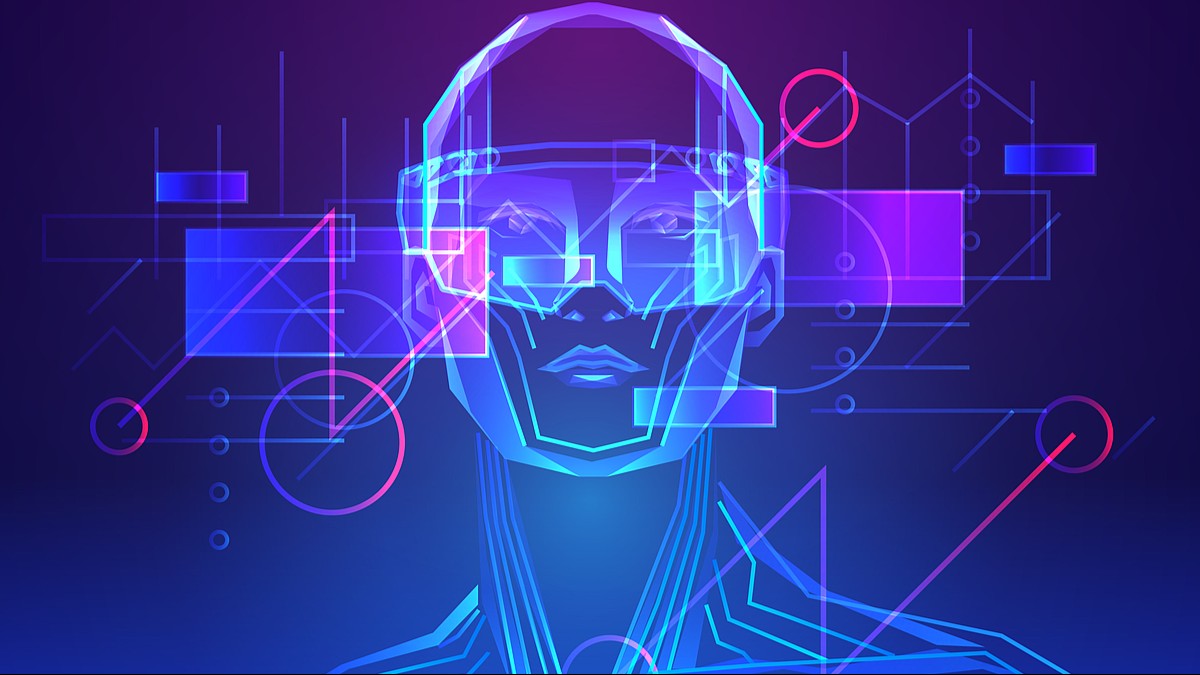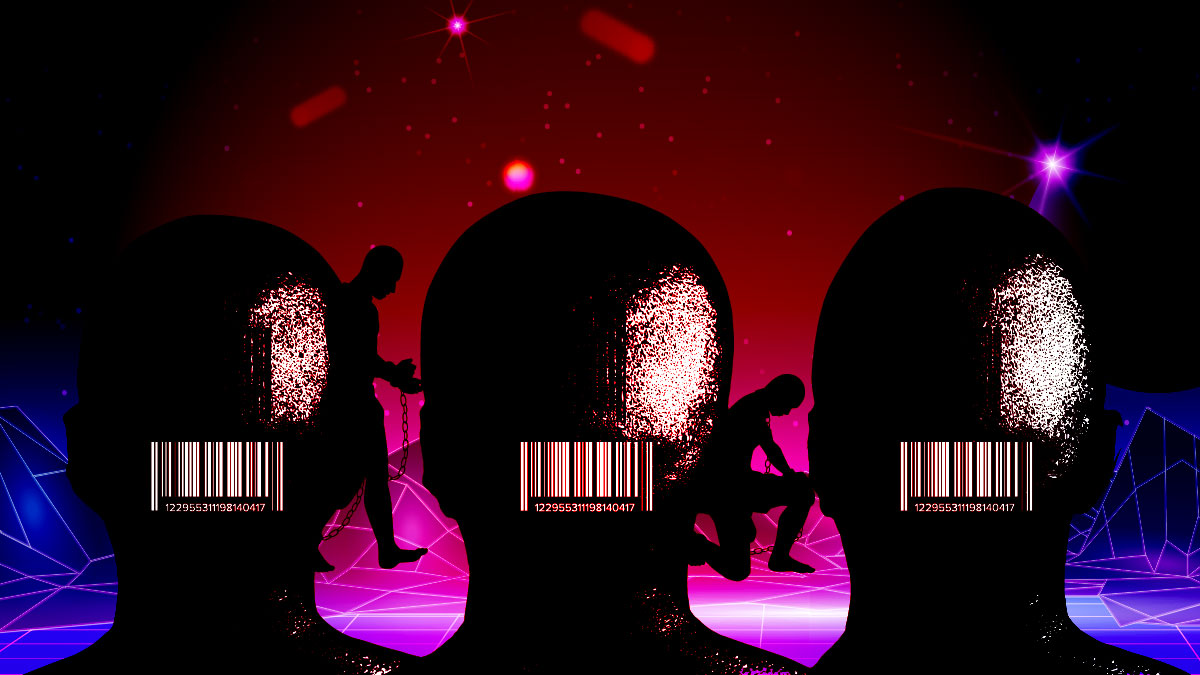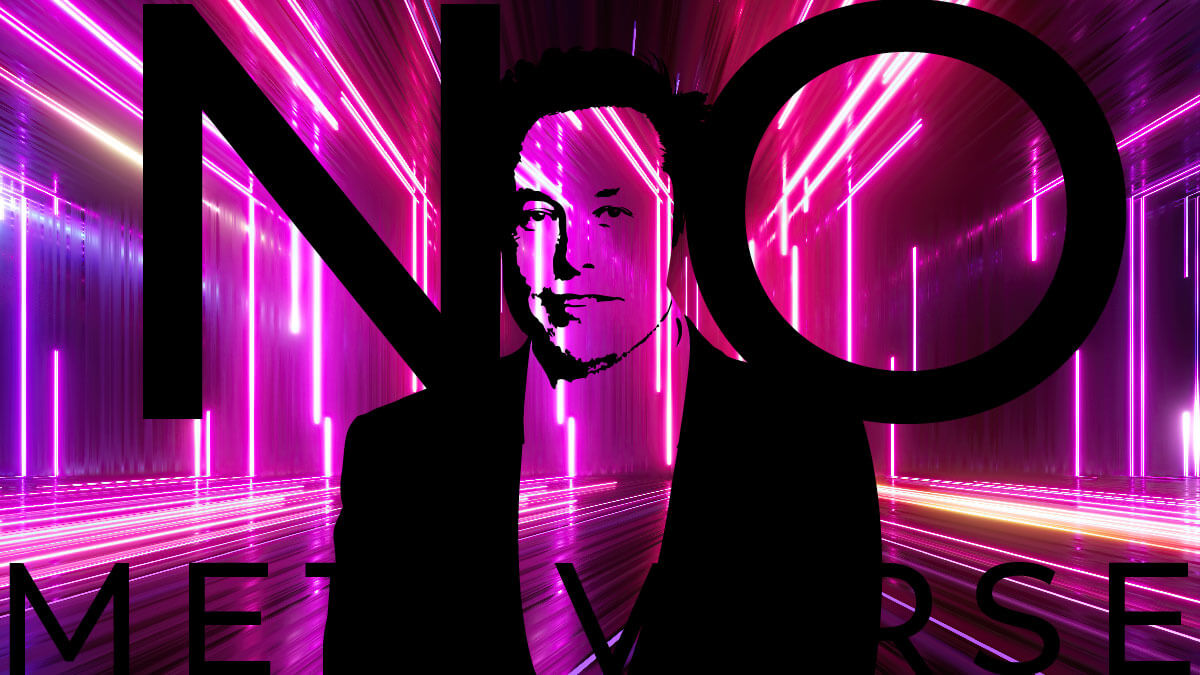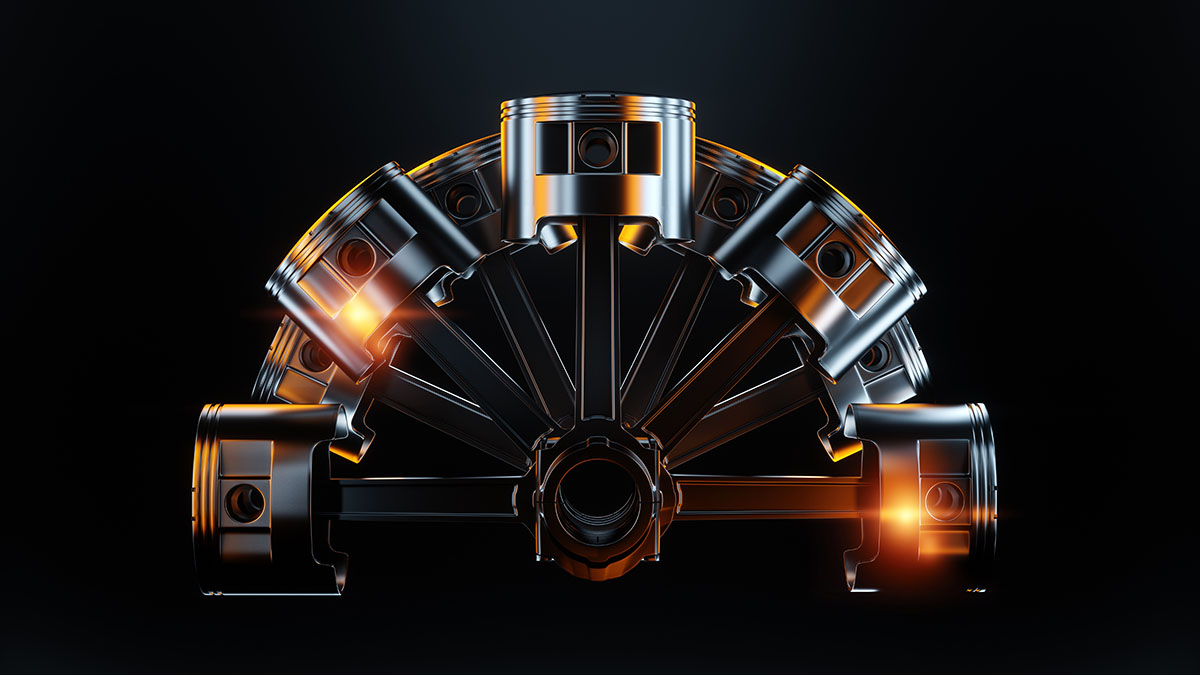Metaverse
Who Really Owns the Metaverse?

Make no mistake, the Metaverse is already here.
It has been here for a while. No, it doesn’t look like what movies would have you believe, and it doesn’t involve people wearing headsets or augmented reality (AR) glasses at the office – yet – but it is here.
Every time you see someone doing a TikTok dance in public, gaming, texting with their phones, browsing Amazon, or watching YouTube on their laptop, that is the metaverse.
Those people live their lives partially in the digital sphere, socializing, playing, shopping, and living in a collective virtual world. That is the metaverse.
The Metaverse is a vague and general term, like “the internet,” representing a network of connected persistent virtual spaces.
Currently, the metaverse is used to describe virtual worlds that incorporates different immersive digital technologies that interconnect with the real world. Be that directly through augmented reality overlays that assist in daily tasks, work, and education, or indirectly through play-to-earn games, virtual reality, or artificial intelligence (AI) simulations used for real-world purposes.
The Metaverse’s interconnectivity with the natural world is increasing through blockchain technology, with cryptocurrencies and Non-fungible tokens (NFT) becoming a staple of a Web 3 future.
With all this in mind, who really owns the Metaverse?
Spoiler alert, it’s not Meta. Just because Facebook changed its logo and brand name does not grant them any precedence over something as vast and decentralized as the metaverse, which is more of a concept than an object or a product.
Meta is just one project among millions, so looking past all the buzz words and branding, who owns the Metaverse, if anyone?
The short answer: no one, and everyone.
The longer, more helpful answer: the tool builders, the software developers, world builders, artists, 3D modelers, game developers, users, investors, those are the proverbial owners of the metaverse.
Suppose we want to look at it from a business perspective. In that case, the companies that own the tools that allow for all the activities mentioned above indeed hold sway over the future of the metaverse for the coming decades.
The Metaworlds
Roblox, Fortnite, and Minecraft have long been spaces where people, namely younger gamers, have been able to represent themselves and engage with their fellow players and friends. However, unlike Sandbox, Decentraland, Upland, and Axie Infinity, they are not blockchain native.
However, they do function as fully-fledged universes of their own and boast a vast player basis that will give them an edge once they decide to implement blockchain technology.
Roblox is already incorporating in-game currency, Robucks, letting players purchase in-game items to show off to their friends without calling them NFTs.
These games are most popular among the generation most familiar with NFTs and who spend most of their time socializing in 3D digital spaces. In other words, the target audiences for metaverse companies.
Gaming is seemingly among the largest sector involved in the metaverse, followed closely by social interaction, e-commerce, and simulations. So it is no wonder that those who manage and build these worlds and operate within them have the biggest head start.
Tool smiths and world builders
Virtual worlds are to the Metaverse what websites are to the internet, and we can expect them to be popping up in the same fashion. Therefore, those companies that make world-building and digital asset creation simple will be the website builders of tomorrow. Those who know how to use those tools effectively are the web developers of tomorrow.
I’m talking about Unity and Unreal Engine – the giants of the gaming industry and every game developers’ best friend. Their highly evolved asset management and content creation tools make them the WordPress or Wix of the Metaverse. Along with other asset creation tools such as Substance Painter, Houdini, the open sourced Blender, Rhino and what have you, every creator ought to keep such tools in their arsenal and let their imagination flourish.
What makes the Metaverse “Meta”
Interoperability and the seamless interaction between different virtual worlds and the real world are staples of Web3 and the Metaverse. Roblox or Fortnite are just games with in-game purchasable items. Still, suppose you were to take those virtual items into another playable world and integrate them into your avatar perfectly or have that same avatar appear in another meta world in alignment with their style. In that case, you have a metaverse: a different world connected by a single membrane.
With that in mind, the future leaders of the Metaverse can already be seen as heavily involved in the gaming industry software and hardware.
The tech company responsible for some of the world’s best graphics processing units in the gaming world certainly understands the assignment as they introduce their latest contribution to the Metaverse.
NVIDIA’s aptly named Omniverse seeks to make the integration of 3D creations across all Metaverse platforms, worlds, and sites easy and seamless, and that will no doubt be an infrastructure
Just as no one truly owns the internet, no one person or company owns the Metaverse. But there are companies and people who hold massive sway and contribute more to its maintenance and creation than any other company.
The WordPresses, Facebooks, and Amazons of tomorrow are those who have been involved in world-building all along. The most crucial factor for creating an elaborate visual universe is staring at this very screen right now. Yes, we are all the creators of the metaverse essentially.
Metaverse
Will the Metaverse Mark the Coming of Digital Slavery?

If the internet and the videogame industry have shown us anything, it is that where humans go, human vices follow. Violence, sexual assault, abuse, and more, the internet is home to everything that exists in the real world, accentuated by the anonymity and lack of regulation offered on the web. With that, could we see one of humanity’s worst inventions, slavery, finding fresh soil in the hyper-immersive digital world called the Metaverse? Might we see the emergence of digital slavery?
Metaverse technology has exceeded the ideation stage and upgraded to the on-ground application rather than remaining an innovation, which means the possibility of the Metaverse encroaching on the real world is getting closer. Since the start of the pandemic, a large number of people have gradually shifted to conducting their daily lives online. Bringing these activities together in one cohesive digital environment is not as big of a step as it might have seemed a few years ago because we have gradually grown accustomed to working, shopping, and socializing digitally.
Where the Border Crosses into the Danger Zone
There are several facets of the modern-day that people refer to, although loosely, as slavery. It might be easy to dismiss online activists who scream “modern slavery” whenever their boss asks them to work overtime. While it is indeed unethical to compel workers to work weekends, what we are discussing here is far more sinister and less subject to arguments.
You can quit your job, but can you really throw in the towel on all things digital in today’s world and still be able to function and survive?
Information is Power
We all know by now that our data is not in our hands for the most part. If you interact with the digital world in any capacity, you leave a digital footprint in the form of information. This information is stored and used by the companies that own your points of interaction, both in the form of hardware (your phone) and software (your Facebook account).
Whenever this data is obtained by governments or corporations, whether legally or otherwise, through murky and drawn-out contracts, the user is enslaved in the sense of ownership, the emergence of new categories of information “slave owners” has been made possible by the combination of linked personal data, coercive and automated information gathering, and “forever storage.”
Personal information is extracted, traded, and asserted. The traders contend that all of the personal information they have obtained is “unowned” raw material. Similar to raw materials, those who extract and refine the material own the commercial value and the raw material itself. What is to say that we, as sources of raw material, are not refined, packaged and sold off to the highest bidder in a macabre form of digital slavery through information.
The more reliant we are on the digital world, and the more digitized our world becomes, the closer we draw to such a reality.
Social Credit System and Digital Slavery
This must be mentioned. One of the most effective ways to control a population is to incentivize certain behaviors through rewards and punish others.
Think corporate loyalty programs, but darker, much darker. The Chinese government’s social credit system imposes sanctions for “bad,” or behavior that is not supported by the state—to see where this kind of government behavior might lead. If such systems were to proliferate, aided by the data that every tech giant has on everyday people, you have a groundwork on which to impose control over an entire population and may give the right to digital slavery. At the very least, digitally-enabled methods of control.
Digital Workforce
In a less creepy but equally thought-provoking stance, a company called Soul Machines, based in New Zealand, claims to create AI-driven digital humans for clients to use for things like customer service, marketing videos, and education. According to The Verge, co-founder Greg Cross stated that the company also has its eyes on the future and intends to build a “digital workforce” for a potential metaverse. Could this be digital slavery in its infancy being cast as a cool new techy trend?
The disturbing part is that these concepts are not necessarily born with the Metaverse, still a vague concept without a form, but they are realities of daily life today. With the hyper immersive and deeply seeded technological capabilities that metaverse technology has to offer, we might see these concepts cracked up to eleven.
Inside Telecom provides you with an extensive list of content covering all aspects of the tech industry. Keep an eye on our Technology and Metaverse sections to stay informed and up-to-date with our daily articles.
Metaverse
Elon Musk’s Take on the Metaverse

Two currents that are said to revolutionize the digital world are the Metaverse and Web 3. Elon Musk, the world’s richest man, is not a fan of either. As the CEO of SpaceX and Tesla, Elon Musk’s take on the Metaverse was made quite clear in his interviews and tweets. He couldn’t envision a compelling use-case for the VR-driven Metaverse and mocked Web3, a hazy idea in which internet services are redesigned around blockchain and cryptocurrency, saying “I don’t get it” and calling it “more marketing than reality.”
Musk acknowledged that he might simply be “too old” to comprehend these cutting-edge technologies. He asked, before adding that he was very much one of those people who understood the potential of the internet in 1995, “Am I like one of those people who was dismissing the internet [in] ’95 as some fad or something that’s never going to amount to anything?”
Musk criticized the Metaverse for lacking compelling use cases and providing consumers with a subpar experience.
Elon Musk’s take on the Metaverse came off as a mockery, saying that “putting a TV on your nose does not necessarily put you in the Metaverse. He went on to say that he doesn’t see people strapping headsets to their heads for an extended period of time and never wanting to take them off, Musk said. Musk added that he has yet to see a compelling argument for the creation and proliferation of the Metaverse.
Another alternative vision for the internet’s future is Web3, which has received a lot of support because of the notion that regular internet users will be able to directly profit from their content and online activity rather than having this value captured by a few tech giants.
Regarding Web 3, another term thrown around alongside the Metaverse, Musk didn’t spend much time talking about Web3, but like fellow tech CEO Jack Dorsey, he has previously expressed doubts about the initiative on Twitter. Dorsey’s argument is that Web3 won’t democratize anything; rather, it will merely transfer authority from established incumbents like Facebook to upstart venture capital firms like Andreessen Horowitz.
Elon Musk’s take on the Metaverse, or what it could become, more heavily leans towards Neuralink. He believed that the Neuralink invention has a better chance of offering a metaverse-like experience than any amount of VR technology. “In the long term, a sophisticated Neuralink could put you fully into virtual reality. I think we’re far from disappearing into the Metaverse, this sounds just kind of buzzwordy.”
Musk founded Neuralink, a neurotechnology business with the primary goal of implanting brain implants in people in order to improve and restore their physical capabilities using computers. But in the future, who knows if the invention could be used to drape human perception with digital XR elements.
Inside Telecom provides you with an extensive list of content covering all aspects of the tech industry. Keep an eye on our Technology and Metaverse sections to stay informed and up-to-date with our daily articles.
Metaverse
The Industrial Metaverse and Digital Twins

Since Facebook announced it is rebranding to Meta, the long-forgotten concept of the Metaverse, which first appeared in 1992 in the novel “Snow Crash”, has suddenly become the talk of the town. The concept of the Metaverse is fascinating to say the least, for all the good and bad reasons. It is no longer a question of who owns the Metaverse, but rather what the Metaverse is developed for. As with any technology, the Metaverse does indeed have a dark side with people interacting in the digital world without any proper regulatory measure. However, many other applications are taking the concept in the right direction with a potential to improve many practices and activities. The industrial Metaverse is a concept that merges advances in industrial IoT (IIoT) with the latest developments in 3D representation and the extended reality. While IIoT has been the driver for Industry 4.0, the Metaverse can indeed be the precursor for Industry 5.0. On another note, the industrial Metaverse is a concretization of digital twin solutions applied to industrial applications. Therefore, how is the industrial Metaverse shaping up to be the next big thing?
Industrial Metaverse Use Cases
The industrial Metaverse is meant to change how industries are functioning, both reducing costs and improving performance. The scale of changes is similar to what digital twins in meant to bring to the healthcare sector.
Automation
With the advent of the new virtual world, automation will be taken to the next level. The combination of IIoT and 5G private networks has allowed enterprises to streamline their operations. The addition of an extended reality layer will allow related personnel to visualize how automation is taking effect and identify ways to improve it.
Product Design
One of most time-consuming tasks in industry is the proper design of products. The main issue in the process is how to find the optimal design that meet the defined requirements without any defects or foreseeable issues when it is meant to be put into operation. The output of the design process will have a big effect on the remaining steps including manufacturing and testing. This is why extensive simulations are usually performed to make all variables are behaving as they should. The industrial metaverse will enable a digital twin of the product being designed. The group of engineers responsible for the design can see the product in action before even being manufactured. The extended reality tools will therefore faithfully represent how the end-product will operate in real scenarios.
Manufacturing and Supply Chain
Manufacturing is another key process that affects the whole product lifecycle as involves many activities including the provision of materials, the availability of the required manufacturing tools, among others. Manufacturing is also the central component of the supply chain, in between the sourcing and procurement processes and the delivery process. While it is affected by delays in acquiring in necessary resources, it can itself significantly affect the distribution of the intended product. The beauty of the industrial Metaverse is that it allows the streamline the whole process, reproducing every single step and detail. As in the design process, the personnel can predict ahead of time the root causes of any issue and delay and optimize the supply chain accordingly. Think of it as a virtual Lego where you have infinite resources to choose from to complete your structure!
Training
With any new product and design process comes the need to do a complete training to the different employees involved in the cycle. Trainings are usually costly processes involving the procurement of machines and using the services of specialized instructors. The industrial Metaverse can be used to create a complete lab environment with avatars of the needed instructors and a digital twin representation of the machines, tools, and product needed. The immersive learning experience will provide the same intended result as in a normal physical setup.
Troubleshooting, Testing, and Support
The last advantage worth mentioning for the industrial metaverse is in the testing, troubleshooting and customer support. The ability of future Metaverse environments to faithfully replicate physical entities will make post-production troubleshooting, testing, and support much simpler. For instance, testing new components requires the development of specific tools that will allow the execution of testing scenarios. This extremely costly, yet necessary process, can be greatly streamlined using the future digital ecosystem.
Siemens and the NVIDIA Omniverse
Companies have started going into the new industrial Metaverse ecosystem. Siemens lately announced an agreement with NVIDIA to use its Omniverse platform to create its own industrial Metaverse. NVIDIA’s Omniverse is a multi-GPU (graphical processing unit) platform for 3D simulations with a support to the addition of AI-tools to create virtual movable elements that replicate what is happening in the physical reality. When combined with the Siemens Xcelerator platform, a digital twin for industrial purposes will be created.
The SOLIDWORKS Metaverse
SOLIDWORKS is a platform that is widely used to develop elaborate three-dimensional computer-aided design (CAD) models. Lately, the company developed an extended reality addition that will virtually bring the developed 3D structure to life thus producing a Metaverse-like ecosystem where the user can interact with the product using augmented, virtual and mixed reality techniques.
Summary
The industrial Metaverse is shaping to be one of the popular and “good” applications of the upcoming virtual world. In a sense, the industrial Metaverse is the industry-specific digital twin solution that is expected to come with future evolutions of the current 5G standard when computational and communications capabilities are enough to produce a seamless lag-free experience. The complete supply chain process can be optimized. The investments towards the construction of the digital twin solution will undoubtedly result in considerable cost savings later on.
“Inside Telecom provides you with an extensive list of content covering all aspects of the tech industry. Keep an eye on our Metaverse, Technology, and Impact space to stay informed and up-to-date with our daily articles.”





















